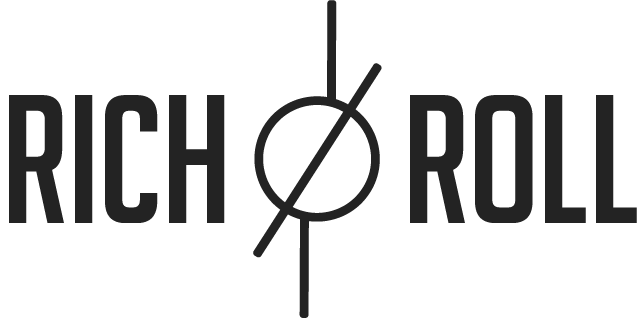Today was a cool day. As I do every couple months, I went in to Phase IV in Santa Monica to do lactate testing.
For those who are not familiar with this process I will attempt to explain in layman terms (but for those doctors out there, please let me know if I misspeak!)
In its most general sense, lactate testing is a scientific way of determining specific fitness levels by incrementally stressing the body and monitoring heart rate (“HR”) levels as well as acidosis — a testable marker for the cause of muscular fatigue, or muscle cell depolarization.
This is how it works: I mount my bike on what is called a CompuTrainer – sort of a stationary bike connected to a computer that monitors my heart rate, cadence and most importantly my watts — the amount of energy I am expending to pedal the bike.
I warmup for an easy 15 minutes at a low wattage — 50 watts in my case, keeping my HR below 100 bpm and my cadence between 85-90 revolutions per minute.
Then the watts are increased incrementally. I begin at 70w, then every 4 minutes the watts are raised (or the resistance increased) by 30w, while maintaining my cadence at 85-90. At each 4 minute interval, the tester marks my average HR for the interval, then pricks my finger for blood to establish the level of acidosis, or blood lactate level, measured in millimoles.
The intervals increase until I reach failure — in other words when I can no longer maintain a cadence of 85-90. I then warmdown for 2 minutes and blood is taken again to determine the rate at which I am able to recover from the effort, or more accurately, the rate at which my body is able to process and thus remove the lactate from my bloodstream. The lower the HR and lactate levels at each increment, and the quicker the body can process and remove the lactate from the bloodstream after the effort, the more fit you are.
The results of the test produce a chart, which when studied reveal a relatively keen look at just how fit I am. From the chart I am then able to properly establish a variety of vectors or “Zones” that are critical to training properly, avoiding overtraining and understanding just where I need to be to properly train my aerobic system to best prepare for Ultraman – an event in which anaerobic training and the use of my “anaerobic engine” is of reduced (almost minimal) importance — at least at my level of proficiency.
In other words, the test provides me with the data to pinpoint the exact wattage and HR levels I need to hit when riding or running for particular workouts to ensure that I am training the proper engine for that specific workout. In my case the focus is almost entirely on the aerobic engine, as I am training for a very long multiple day endurance race.
Most of my training is in what is called ZONE 2, which is the HR/wattage range covering efforts up to (but not above) my “aerobic threshold” (or “T1”) — the point at which anaerobic energy pathways begin to operate.
To build endurance, most of my training focus is maintaining my level of energy output just below T1 such that I am maximizing stress and building the efficiency of my aerobic endurance engine without crossing over into an anaerobic process of energy expenditure. By staying in Zone 2, I facilitate the proper mitochondrial and blood pathway development, which teaches my body to work in a highly efficient manner to use oxygen to burn fat rather than glucogen, which is a much more efficient and longer lasting source of energy — the preferred “food” of the endurance and ultra-endurance athlete.
This is to say that for what I am focused on, its really not about getting “faster”. To go out and ride as hard as I can is actually counter-productive, works the wrong energy system and will only result in fatigue, overtraining, potential injury and reduced recovery time between workouts (I intend to post later about recovery in detail — given my relatively extreme training volume, it is critical that I recover properly from day to day and this requires staying within my zones). Instead, its almost entirely about becoming “more efficient” such that over the period of the season the level of energy I expend to ride at 120bpm, or 200w for example, will decrease. In essence, the foundation i built from the bottom up. Therefore, it is critical for me to always know exactly where my Zones are.
And today I found out! I was anticipating lower numbers than my last test, since I was out of training for almost 2 weeks due to my crash. However, I was very pleased to discover that I continue to improve. My lactate levels were significantly lower than my last test in May, which is great news. However, my HR levels were actually higher at each interval, despite the reduction in lactate. I need to confer with my coach Chris Hauth as to the reason for this, but my best guess that I actually have been riding a bit too hard the last 2 weeks (trying albeit imporperly to make up for lost time), not taking my own advice about staying in my Zone 2.
The great news is that when I compare my results to where I was last year at this time, its a joke. My cycling has improved dramatically, which is and has been my goal for this year given that cycling was my big limiter in last year’s Ultraman.
Onward and upward…and stay PLANT-STRONG!


Out of curiosity, are you willing to share your HR levels for each Zone? Would love to hear what they are.
Hi Rich, great article….one question, what cadence would you recomend to train and race for endurance events, such as Ironman? cheers from Guadalajara!!! Luis
I have question. I am training for my first Tri, after about 30 mins of being in zone 2 at a constant pace my HR will increase about 5 or 6 BPM, then after an hour around 10 BPM which put me into zone 3. Should I slow my pace and stay in zone 2 , stay in 3, or just end my workout for that day?
Thanks, love all your stuff!